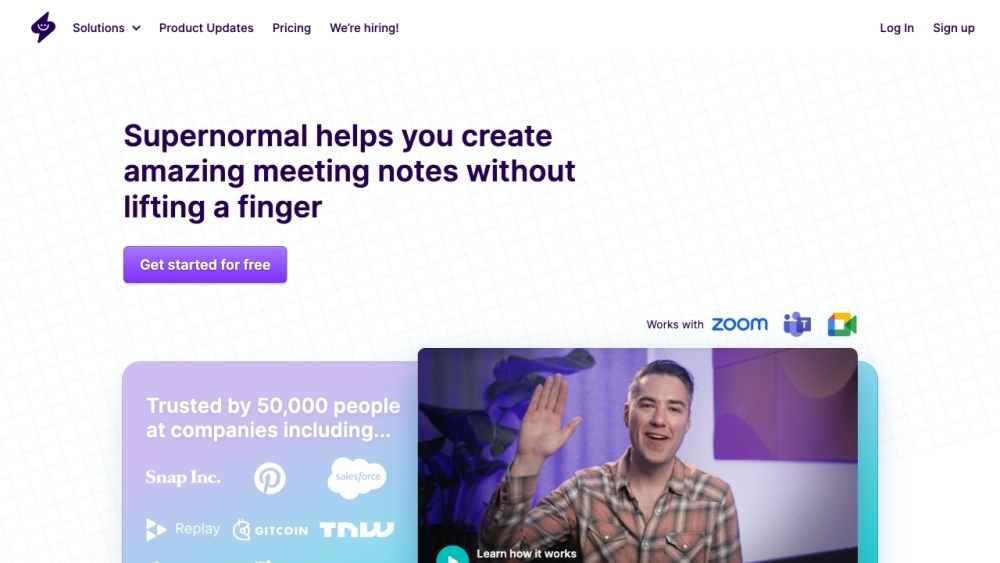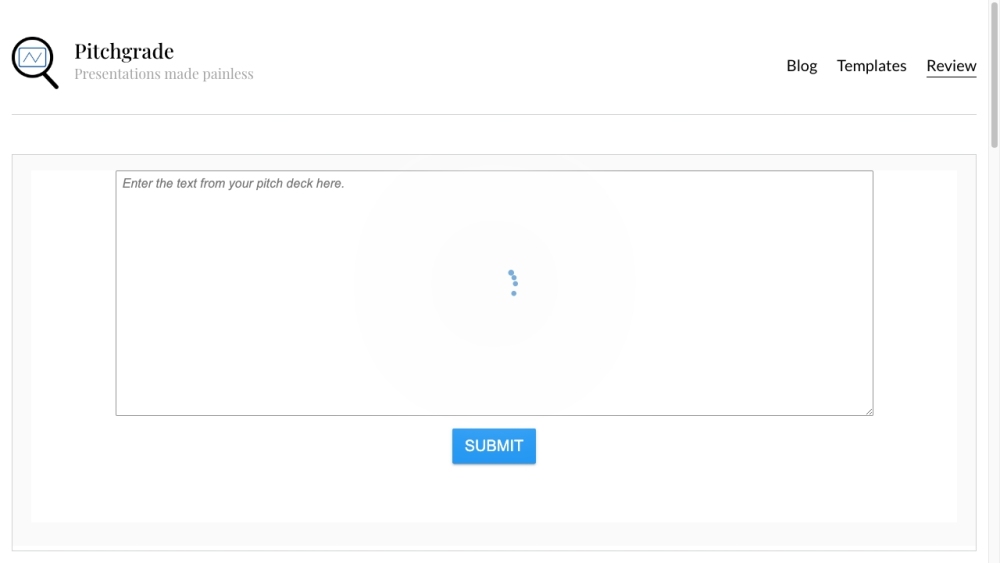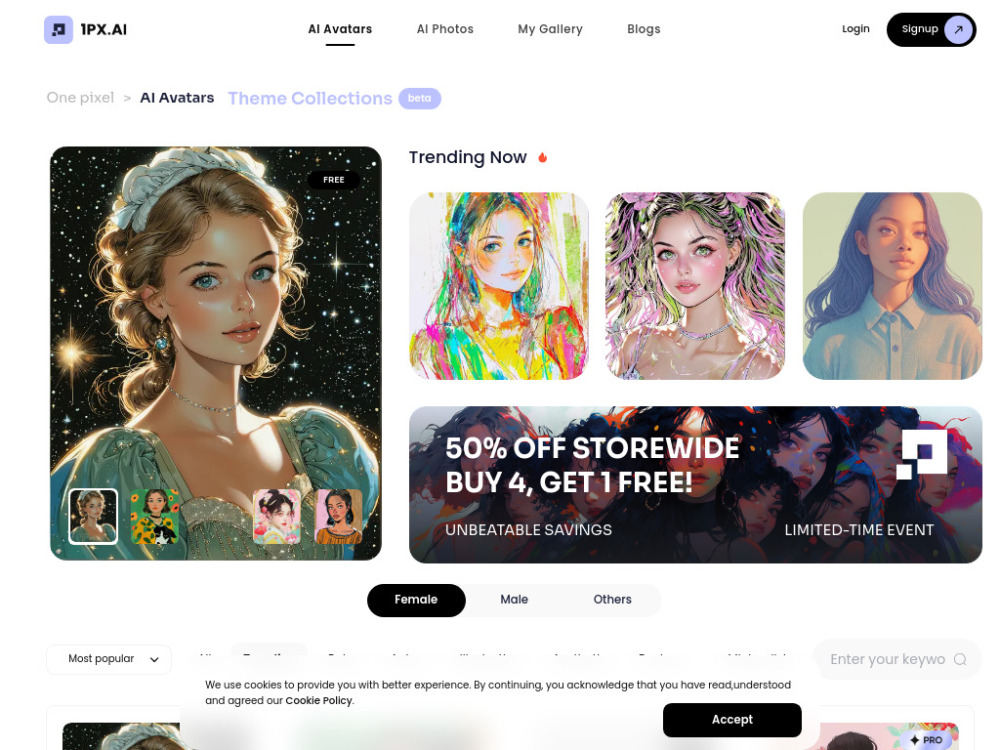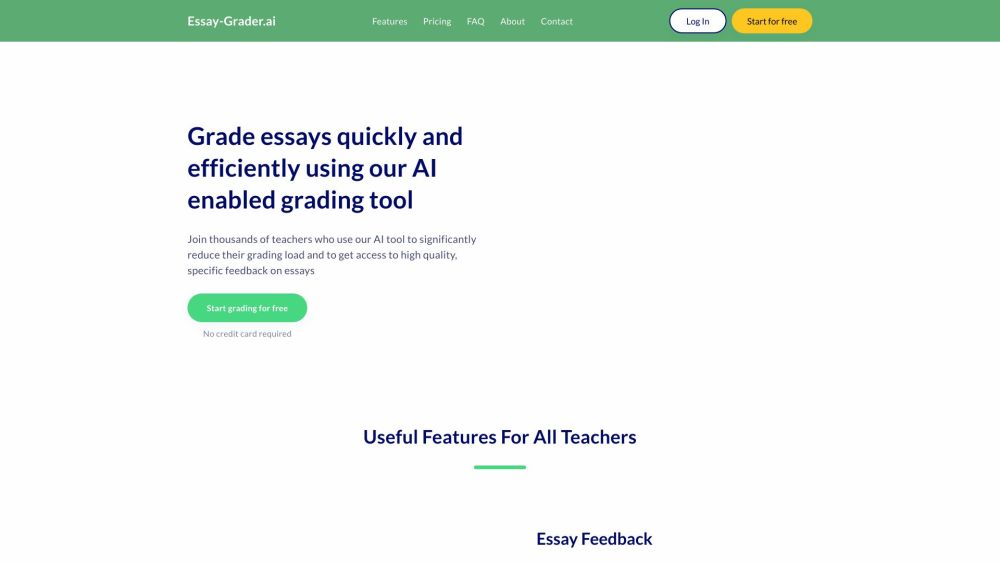As competition intensifies in the generative AI landscape, Meta has unveiled a preview of its innovative multimodal model, Chameleon. Unlike existing models that combine components from different modalities, Chameleon is built natively for multimodality.
Although the models are not yet publicly available, preliminary experiments indicate that Chameleon excels in tasks like image captioning and visual question answering (VQA), while remaining competitive in text-only challenges.
Chameleon’s Architecture
Chameleon employs an “early-fusion token-based mixed-modal” architecture, a cutting-edge design that processes interleaved images, text, code, and more. By converting images into discrete tokens—similar to how language models handle words—Chameleon utilizes a unified vocabulary that integrates text, code, and image tokens. This enables the same transformer architecture to process sequences containing both text and images seamlessly.
Researchers note that the closest comparable model is Google Gemini, which also uses an early-fusion approach. However, while Gemini relies on separate image decoders during generation, Chameleon operates as an end-to-end model, processing and generating tokens simultaneously. This unified token space allows Chameleon to generate interleaved sequences of text and images without modality-specific components.
Overcoming Early Fusion Challenges
Despite the advantages of early fusion, it poses significant challenges in model training and scaling. To address these issues, the research team employed several architectural modifications and training techniques. Their study details various experiments and their impact on model performance.
Chameleon undergoes a two-stage training process, utilizing a dataset of 4.4 trillion tokens that includes text, image-text pairs, and interleaved sequences. The training involved a 7-billion and 34-billion-parameter version of Chameleon, executed on more than 5 million hours of Nvidia A100 80GB GPU resources.
Chameleon’s Performance
Results published in the paper reveal that Chameleon performs exceptionally well across both text-only and multimodal tasks. On benchmarks for visual question answering (VQA) and image captioning, Chameleon-34B achieves state-of-the-art results, surpassing models like Flamingo, IDEFICS, and Llava-1.5. Chameleon demonstrates strong performance with significantly fewer in-context training examples and smaller model sizes in both pre-trained and fine-tuned evaluations.
In a realm where multimodal models may struggle with single-modality tasks, Chameleon maintains competitive performance in text-only benchmarks, aligning with models like Mixtral 8x7B and Gemini-Pro on commonsense reasoning and reading comprehension tasks.
Notably, Chameleon enables advanced mixed-modal reasoning and generation, particularly in prompts requiring interleaved text and images. Human evaluations indicate that users favor the multimodal documents generated by Chameleon.
Future Prospects
Recently, OpenAI and Google launched new multimodal models, though details remain sparse. If Meta follows its pattern of transparency and releases Chameleon’s weights, it could serve as an open alternative to private models.
The early fusion approach also paves the way for future research, especially as more modalities are integrated. Robotics startups, for instance, are already exploring how to combine language models with robotics control systems. The potential impact of early fusion on robotics foundation models will be intriguing to observe.
In summary, Chameleon represents a significant advancement toward realizing unified foundation models capable of flexibly reasoning over and generating multimodal content.




